It seems that everyone and everything on Earth follows the same principle- to survive, evolve, and finally morph into something better, more sophisticated, far superior. A cloud of galactic dust that aligned, through a nearly-impossible arrangement of unrelated casualties to form stars, complete with their own planetary systems. A single-celled organism on “a mission”, evolving over millions of years, transformed into a two legged creature so intelligent it can exchange information through a matrix of tiny light sources that emit different wavelengths. It is truly a fascinating story, one full of mystery, surprises, defeat, and awe-inspiring victories.
That is not the story I want to tell today.
This story of evolution involves an average aquarium hobbist that learned how to be a moderately successful fish keeper. This story is mainly about defeats. And a lot of money flushed down the drain. Hopefully, there is a happy ending. Read on…
I am sitting in front of my reef tank, Islay Scotch in hand, looking at 34 gallons of artificial saltwater enclosed in 5 glass panels glued together with some magic adhesive, the physics behind which I will probably never understand (and will always imagine scenarios of those physics failing to deliver, which in turn would result in those 34 gallons landing on top of my downstairs neighbor’s head). My eyes follow two wrasses (yes, two, because I have not enough dignity to follow the good advice of “one wrasse is ENOUGH in a small tank”), lost in a chaotic dance among the live rock, and then are distracted by an Emerald crab as it shows me its impressive claws. Looking at this colorful mess, I think, “I’ve had this tank before!”
You see, the aquarium that sits in my living room was my first saltwater aquarium. I say “was” because the one that I am sitting in front of now is not the same one I had several years ago when I decided that a saltwater aquarium was something I needed in my life. And through my trials involving 2 upgrades and one “fall from grace” downgrade, I realized that 34 gallons of artificial ocean water is the perfect amount for my needs (or is it?).
This is how it works- one day you decide you’re ready for a reef tank full of colorful fish and alien-looking corals. There’s an initial shock when you calculate the costs, but that doesn’t stop you, because at this point, you’re already infected with “the bug” – willing to prioritize aquarium expenditures over almost anything else you and your family need. You buy a tank – something not too small (because too small means constant trouble, or so “the Internet” says), and not too big (there’s time for that). You read about the nitrogen cycle and either decide to ignore it, thinking it is some scientific mambo-jambo without any practical implications, or follow each step carefully. The difference between the two choices is simple- if you choose the first option (denial), you will, sooner or later, come back to the starting point; if you choose the second, you advance to the second stage of the addiction.
The tank is set up, the nitrogen cycle is complete, fish are bought, and corals give their seal of approval by not dying in a gooey massacre. Everything seems perfect, and the Internet says: “One more fish is ok, but nothing beyond that”. Back to the local fish store and a few hours later, your little community has a new member. There is no more real estate for expansion, but you are happy with what’s already in your tank and your Facebook friends agree. A few months pass, the fish tank still looks “above average” and suddenly, you remember your last visit to your LFS.
There, in the darkest corner, you spotted that one particular fish. It could have been a tang, an angelfish, butterflyfish, a bamboo shark…something definitely too large for your tank and also definitely too awesome to forget about. So you research. The Internet says, with a judgmental voice, “No, you CANNOT fit that fish in your tank! Upgrade or never think of a larger fish again”. Then you read more, to learn and to look for advice, but mainly to justify the decision that was already made in your head, though your partner doesn’t know yet that your tank will soon evolve into something bigger. It will eventually happen, the matter is not “if”, but “when”.
When I look back at it now, I think the sooner the evolution happens, the better. It saves frustration and most of all, saves hundreds of dollars (don’t worry, your spouse has stopped reading by now, she/he has already died of boredom reading all that nerdy fish talk). Oh, but the story, it isn’t done yet…
The cube transforms to a cuboid that takes up twice the real estate and is filled with twice the amount of water. Then there’s more rock, sand, cables, and, sooner or later, more kilowatts of used energy. The last “feature” is the sneakiest, as it hits you after a month or so, too late for any second thoughts.
The very last few dollars that are left from this upgrade can be spent on more fish, more corals, more… no wait! Now you need a sump, which itself needs a return pump, a media reactor, perhaps a cheato chamber with its own light. Most of all, it needs a skimmer and a serious one for that matter. Not a laughable, cigar-shaped piece of junk that usually does nothing more than entertain fish with its micro bubbles, but a serious machine that makes stinky, tea-colored goo in addition to a lot of noise.
The first time that mess accidentally lands on the carpet or near the toilet (as opposed to inside of it), you will draw lots of attention from your family members. Oh, and don’t forget that the water changes, albeit less frequent (at least in theory) now involve more RO/DI water and, in turn, extended occupation of the kitchen sink.
These are the few disadvantages, but the outcome is worth every effort (or so you still think). The transfer is complete, the fish are puzzled with the fact they don’t hit an invisible wall the moment they propel themselves forward any more and (the moment you were waiting for) there is much more space to dump hard-earned money into corals. So you buy- coral here, anemone there, clam on the sand bed, and so on. The fun part ends when half of the stuff you purchased doesn’t seem to enjoy your little slice of ocean. Back online, the Internet yells, without even checking your experience level or your water parameters- “MORE LIGHT! Better light, more expensive light.” A few days later, a new, shiny, WiFi enabled, multi-channel-disco-LED light lands on your doorstep. You make sure to burn all evidence of its cost before any sober-thinking home dweller finds out, and hang it above your reef. Perfect! Well, not exactly, because the clam couldn’t wait any longer and decided to drop dead, but hey, South Pacific farms need to make money too, right?
Finally, everything works and it’s time for something you’ve been waiting for- MORE FISH! For some reason, the internet has changed its opinion and declares your tank unsuitable (read: too small) for even a Kole or Yellow tang. It seems that the only space large enough to host even a single tang is your bathtub. But who are they to tell you what you can and cannot keep within your own glass panels…
The newly-purchased kole tang doesn’t mind the confinement at all and seems to have forgotten the warm Hawaiian waters altogether. He is a little bossy, but order must be kept after all. Next week, he welcomes another new fish- a Watanabei Angelfish (you know, the one who doesn’t have corals in its diet), with a friendly bite and returns to his regular aquarium patrol.
You have a new clam; it’s awesome, but what you don’t know yet is that after you leave for work, it will become the most expensive meal you’ve ever served to your ten dollar blenny. Besides that, most inhabitants settle in nicely and decide to leave in relative harmony, mainly because all weak elements in this food chain have been prematurely eliminated. Months pass by, soft and LPS corals double their sizes, but then the short polyp stony corals go on a hunger strike, put on a dark brown cloak, and refuse to grow, refuting their reputation of being a cash crop.
Back online. “You have to dose, stupid”, the Internet says. “But I am lazy and will mostly likely forget about this horrendous daily routine,” you think. Fellow reefer sends a link to a solution for this problem: an automatic dosing pump – it does all the dirty work for you and even squeaks funny when it operates. The moment you start your dosing regime, your (un)official reefer status changes to The Aspiring Chemist. In the beginning, it’s simple- calcium and alkalinity gives coral the building materials to grow their skeletons, while magnesium somehow keeps the process going. It is simple enough to get things right and surprisingly effective in growing those fancily-named, designer polyps, but then some collector of 1” stumps online suggests that corals need more.
“They want drugs, man”. The drugs- amino acids, biopellets, microscopic food, snake oil infested “additives” and what else, are sometimes called “Photoshop in a Bottle”.
A couple of months later, your tank looks awesome, everything grows like crazy, corals are addicted to the chemicals, and the fish are fat and active; it is so good that when you watch a documentary about the Great Barrier Reef, you think “Hey, this looks monotonous and quite ugly”. The only problem? That tang has really gotten big. Too big, almost.
Let’s fast forward – the tank gets upgraded (it takes up half of the living room now), your spouse loses a closet or two (you need to store that crappy skimmer in case you need it some day), the fish get new comrades (or foes, depending on your research skills), and the corals have room to grow. It’s just a few hundred dollars more to enjoy that additional saltwater, the neighbor downstairs gets worried as his ceiling starts to show the effects of gravity, and the living room looks like a chemical lab. But all that aside, you’re finally happy- the tank looks awesome, fellow reefers beg for free frags, and there is enough real estate for a beautiful reef full of fish, invertebrates and what else. Your spouse even notices that you finally have some savings in your account.
Then, following Murphy’s law, everything falls apart. Without warning, your corals catch some alien disease and die in agony. RTN they call it- Rapid Tissue Necrosis (sounds like a title for a new Tim Burton movie). It happens to many and nobody really knows what triggers it, but what’s important is that it happened to you. In a matter of days or weeks, half of the stony coral colonies you cared for so gracefully are either dead or change their color to a Kenya tree charm. Bubble algae takes over, inviting hair algae and few million cyanobacteria to the party. Water changes do not help at all, while test results indicate that there’s nothing wrong. In summary, it is the darkest day in a reefer’s life.
At this point, you can either perform a “phoenix move” and rise from the ashes of your failure, or neglect the tank, lose interest, and move on with your life. This story takes an alternate route, kind of a blend of the two: the tank’s gone, the fish have been relocated to a friend’s gazillion-gallon tank, but you still have reefing in your heart. It’s a short-term break (whether you know it or not), a necessary therapy. There is much grief and disappointment, but isn’t that a part of the learning process?
By the way, there is one horrific twist. A month after you “cut the cord”, an electric bill arrives in mail and everyone in the family finally realizes how much the tank TRULY costed. Beware.
I mentioned in the beginning, this story is one of evolution and, not unlike in nature, it is a never ending cycle. Things come and go… and then come back. One chilly December morning, the author finds a beaten up 14 gallon, all in one aquarium.
A few months earlier, he decided to go back to his roots and set up a freshwater planted tank, partly to ease the pain of not having a fish tank, partly because he missed the unique experience of having an underwater garden.
The small tank sits perfectly on the old stand (the one that hosted that 34g cube reef) and in some odd chain of events, becomes a new, virgin reef. This time around, the author promises himself to go slow, follow a path based on the knowledge of past mistakes, and enjoy reefing all over again.
[And so] I am sitting in the worn out IKEA armchair, looking at my 34g reef tank. “I should have always stood with this tank” is what my reasonable side whispers, but the truth is, if all that hadn’t happened, I would probably never stopped experimenting with my tank (I still do, but on a much smaller scale) and actually enjoyed it. At least now, I am happy with what I see and know much better how to maintain that happiness. Will I ever desire a larger reef? You bet. This time though, I will know the consequences, understand my limitations, and have a second thought.
Well, it turned out the story has a happy ending. Enjoy your aquariums everybody, stay classy, and promote knowledge to the new legions of fish keeping freaks like we all should do.
This is my current reef tank, a 20” cube, 34g in volume, all in one system.
Powered by a small return pump, two small wavemakers, and a tiny skimmer that sits in the back chamber, barely doing anything.
The filtration, besides the skimmer, consists of ChemiPure Blue, some activated carbon in a mesh bag, a series of sponges, and a cheato reactor with a DIY LED light that runs on a reverse photoperiod.
Lighting consist of a single Aquaillumination Prime light and a Kessil A150 fixture.
Maintenance involves a weekly 3-4g water change, replacing the sponge filters, and cleaning out cheato reactor.
I dose alkalinity and calcium once a week after a water change, magnesium is added once every three weeks. Other than that, I only use ME Coral Polyp Xtender at half the recommended dose as I’ve seen positive reaction to this supplement (again, only through observations)
The livestock consist of 6 fish (I know, I’m crazy, but it works in my tank quite well)- a pair of ocellaris clownfish, a juvenile Carpenter’s wrasse, one small Pintail Wrasse, a bicolor blenny, a Firefish, and a small goby (blue spot is its common name).
If you’d like to see more of my photographs, check out my travel blog at www.travelibn.com

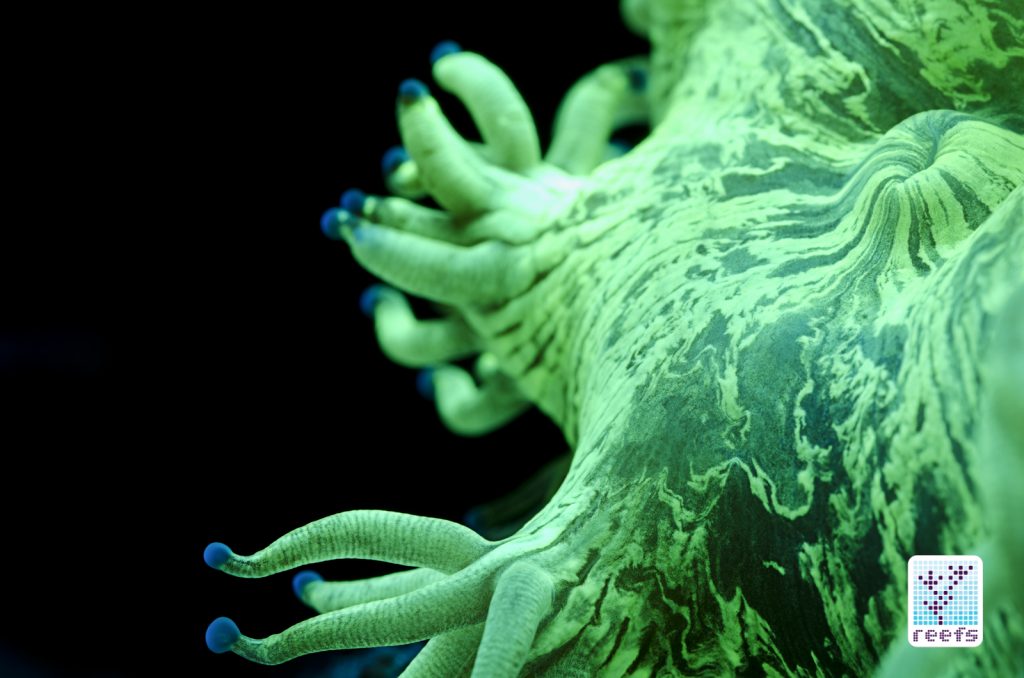
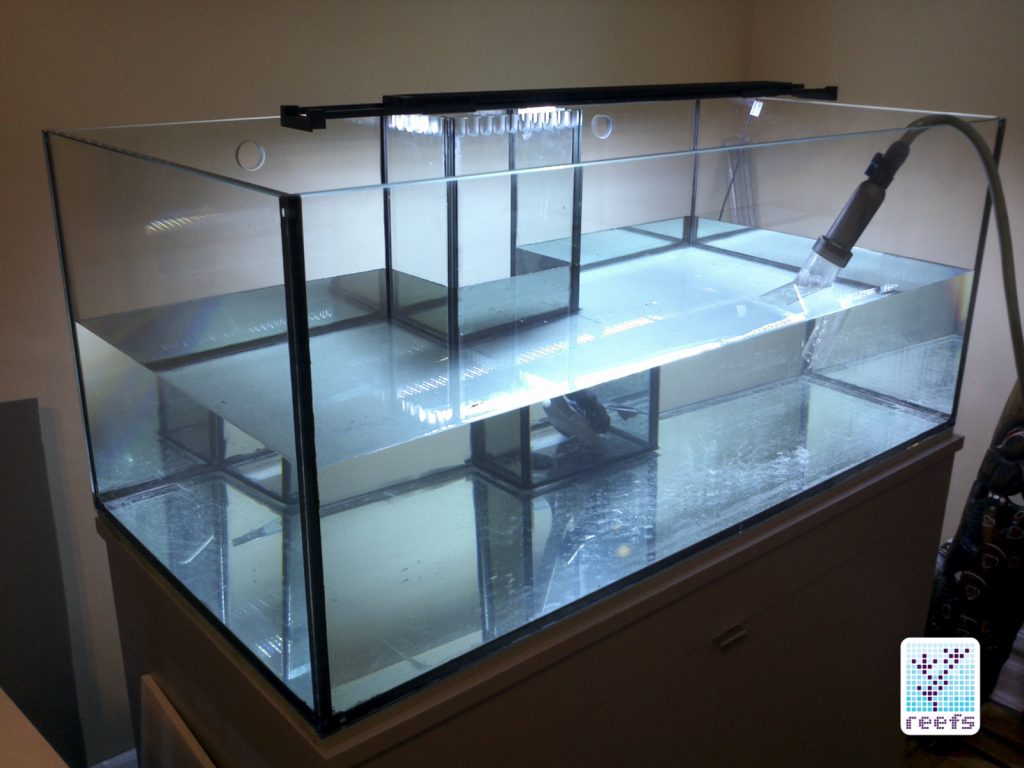
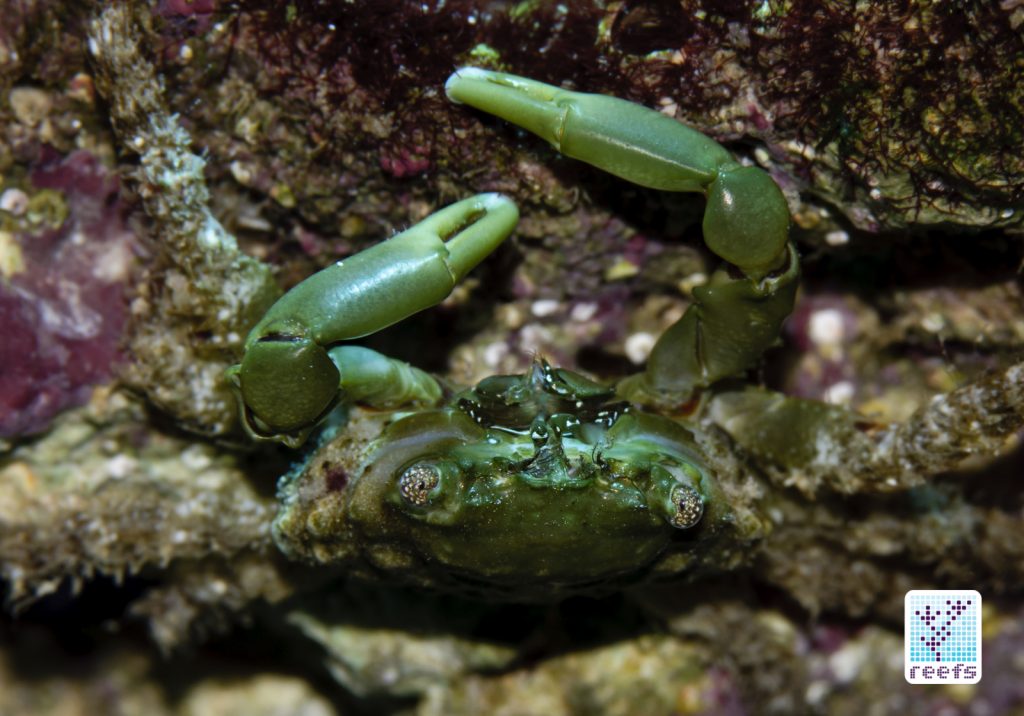
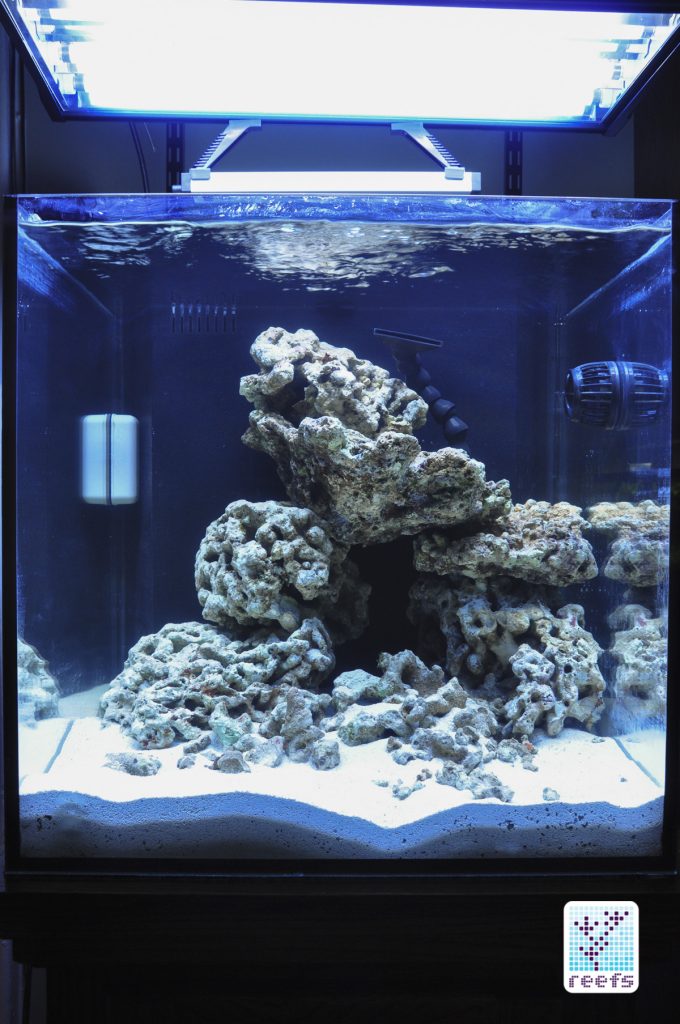
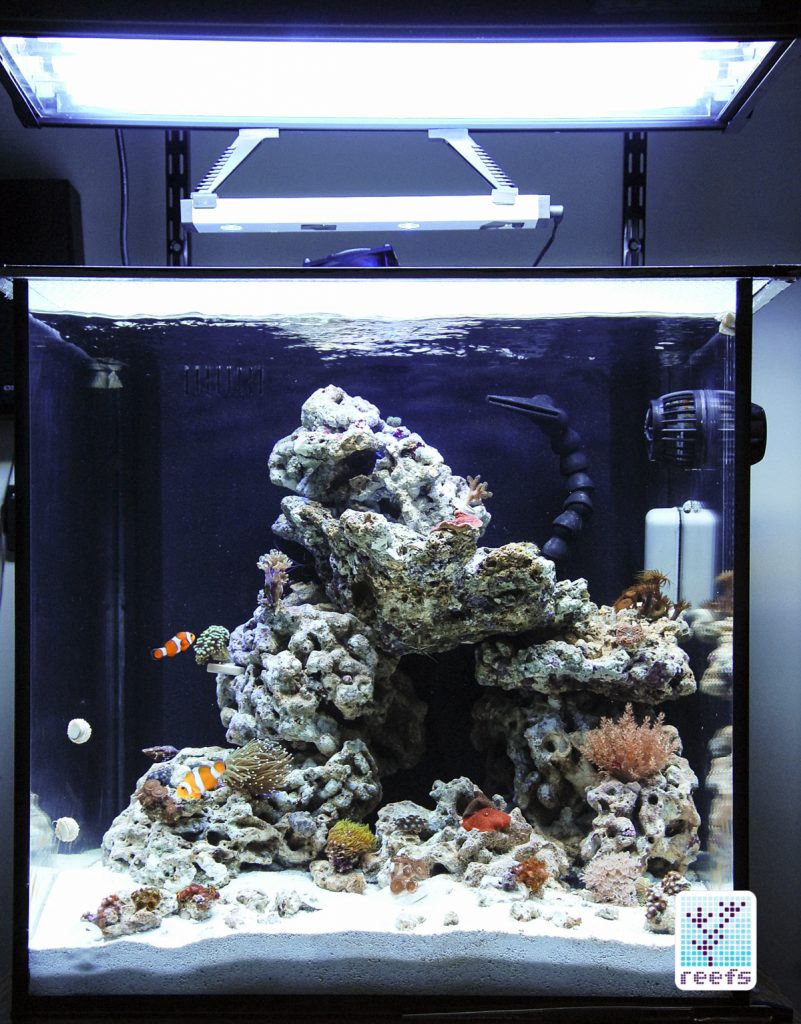

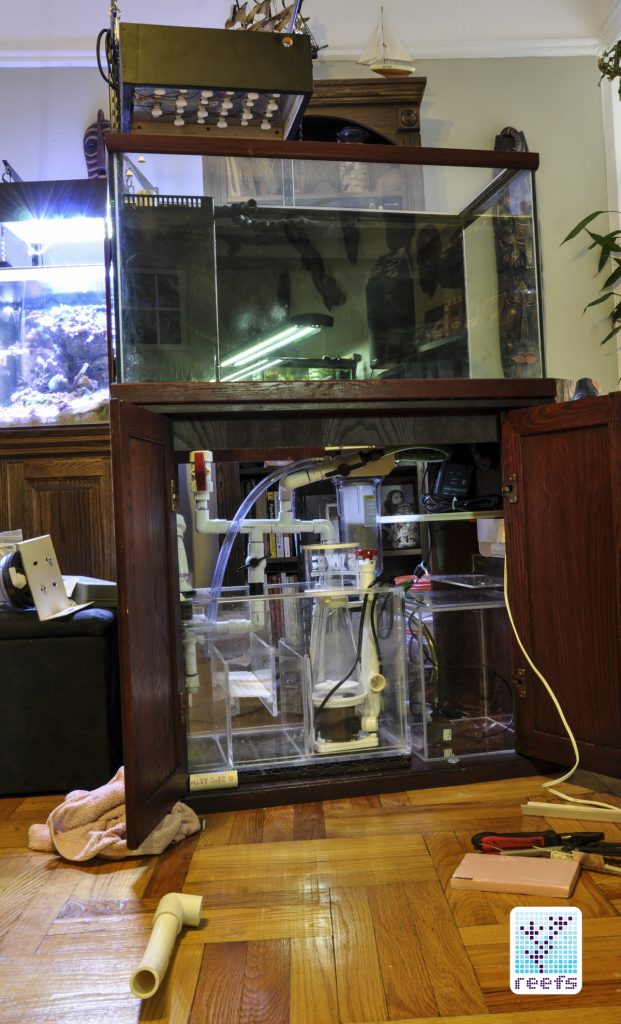
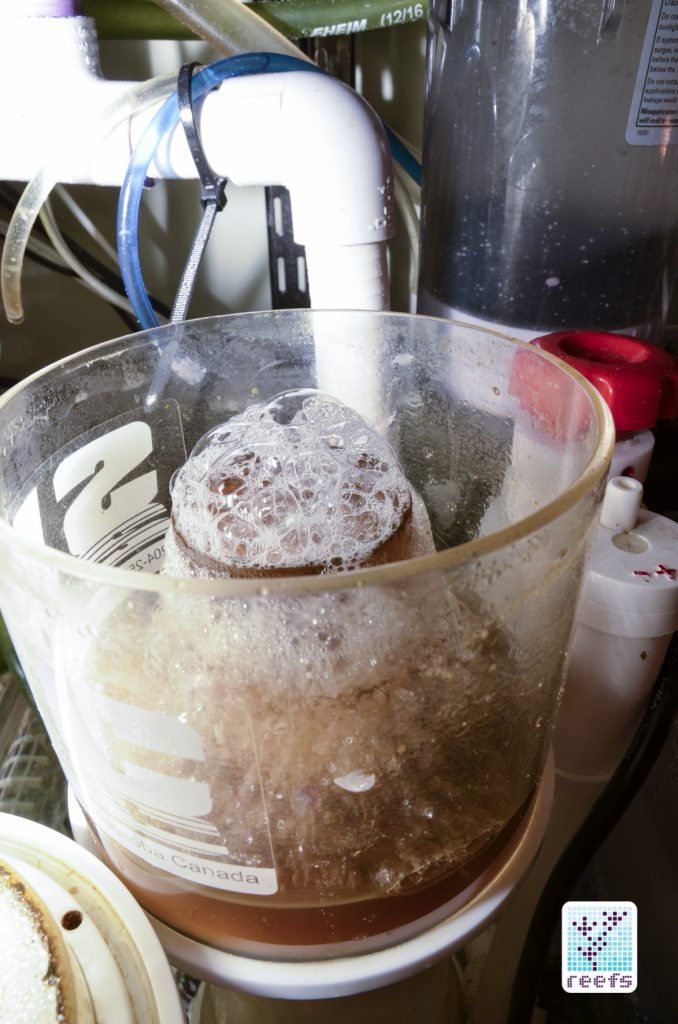

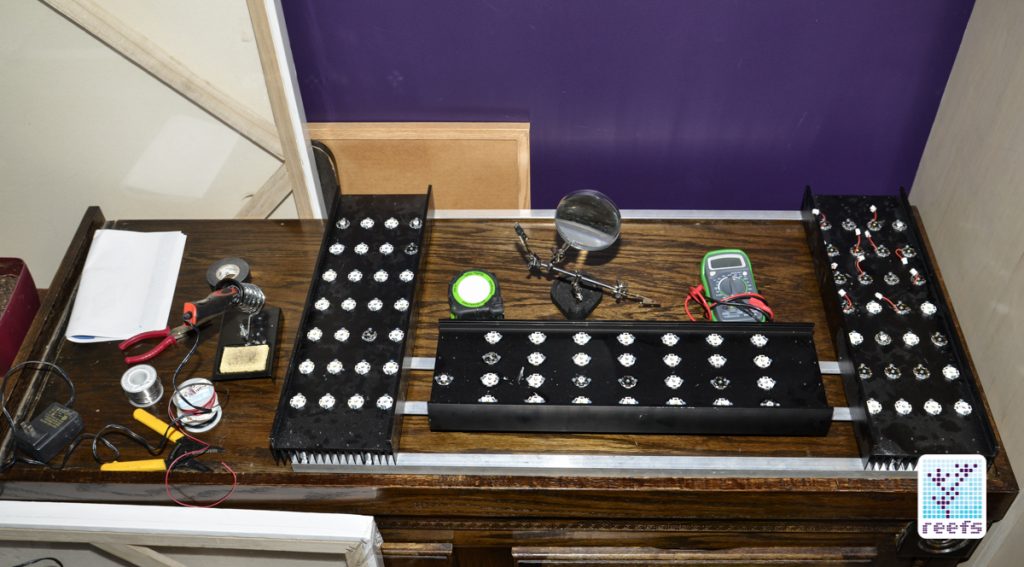

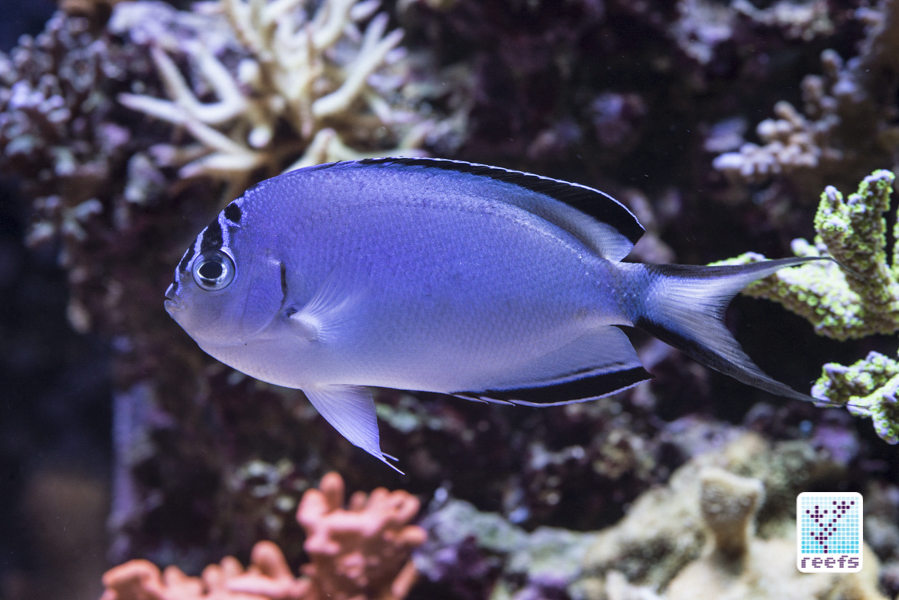
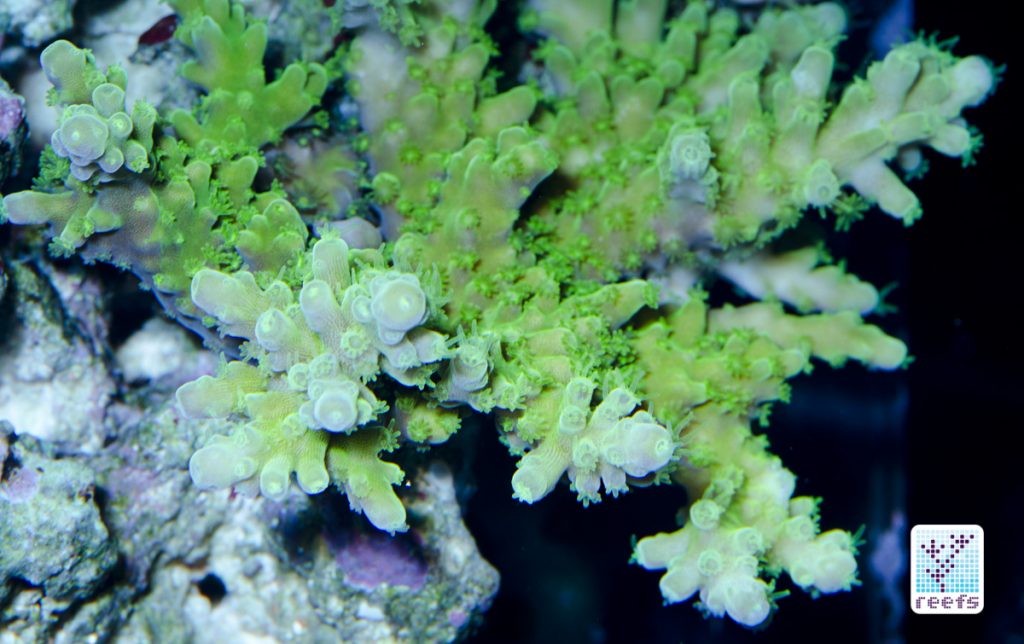
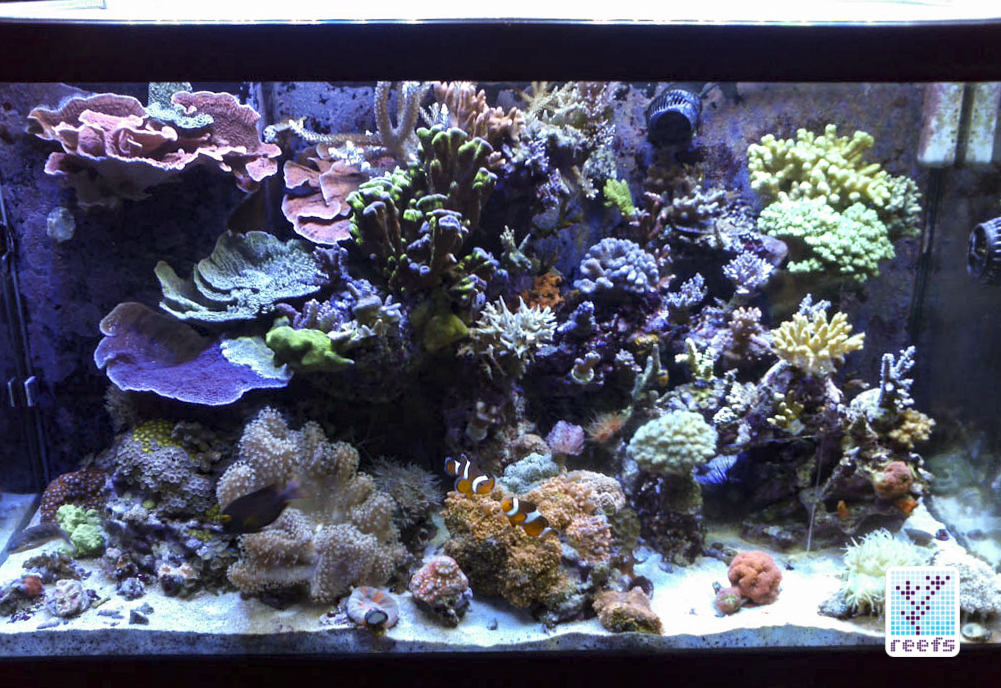
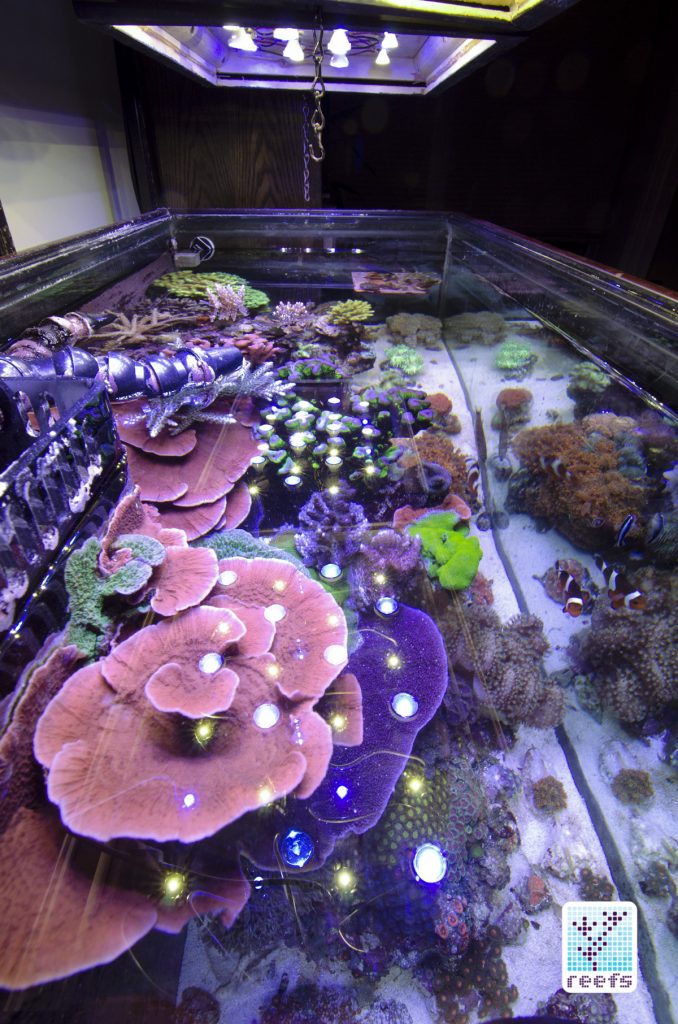
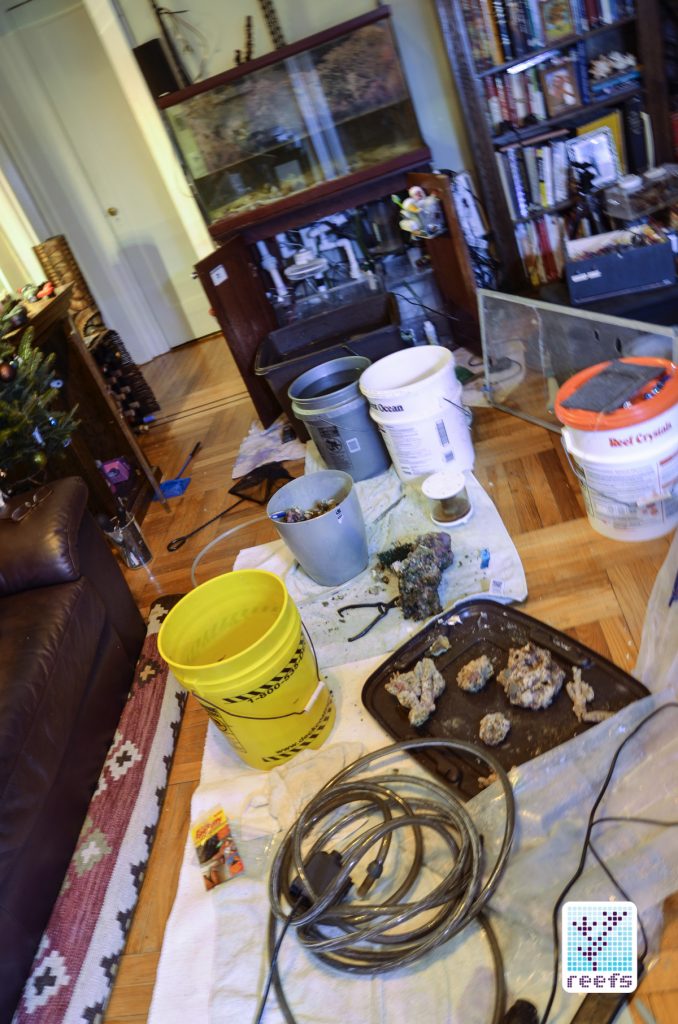
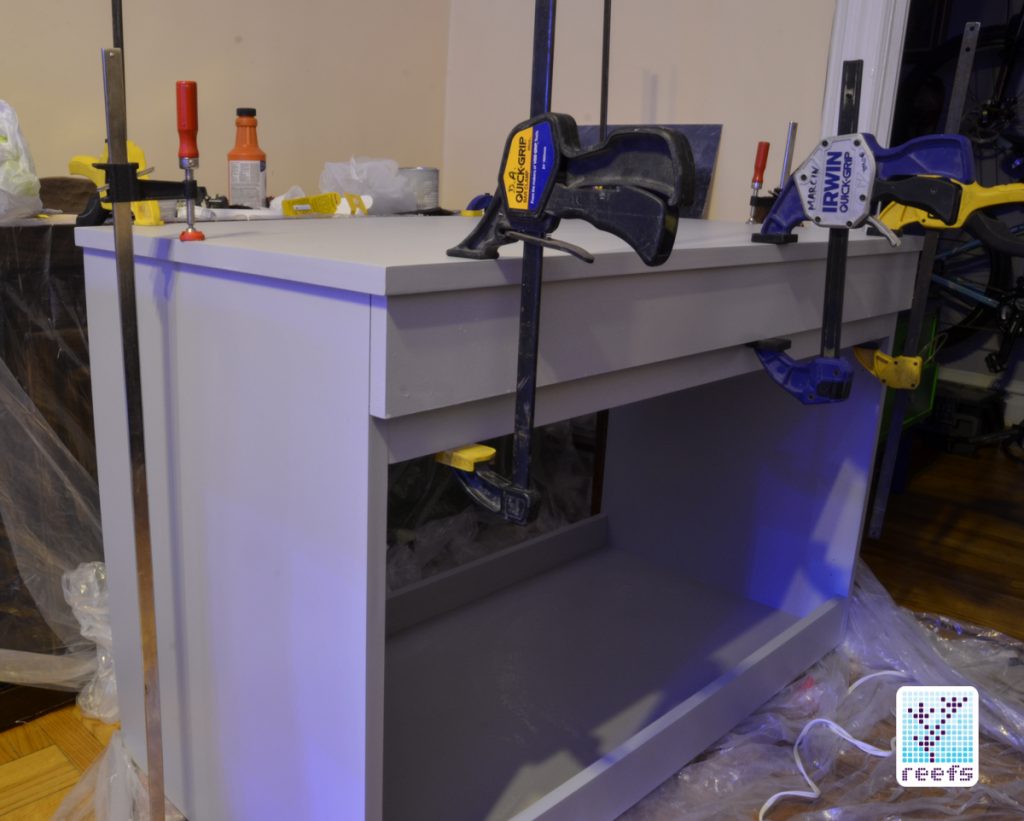
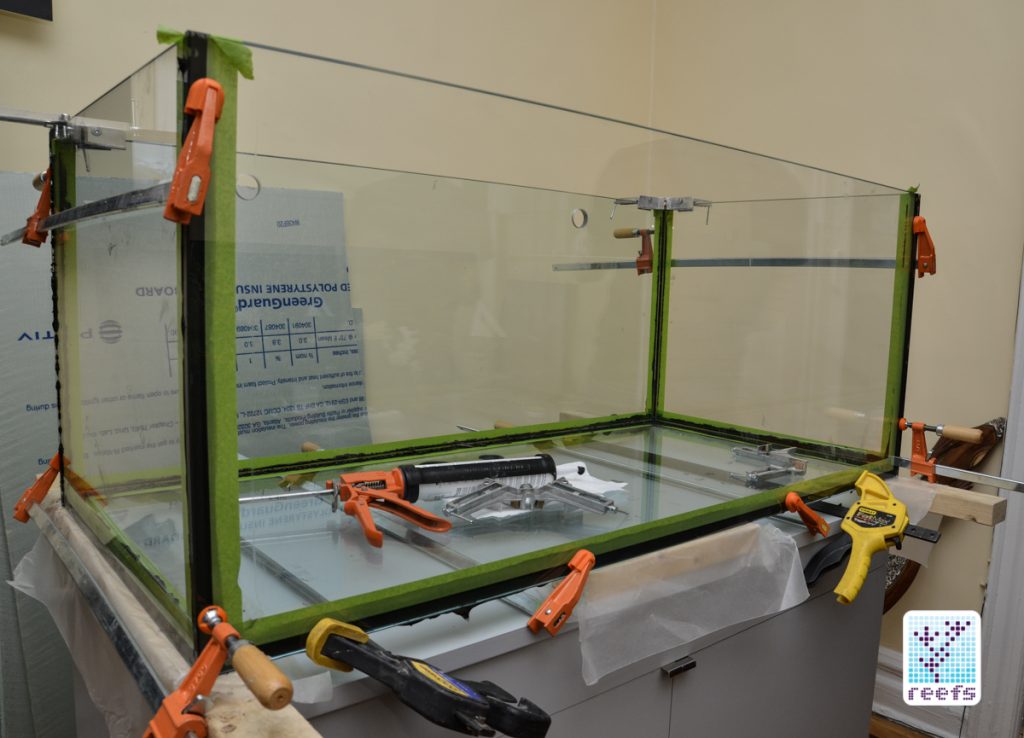
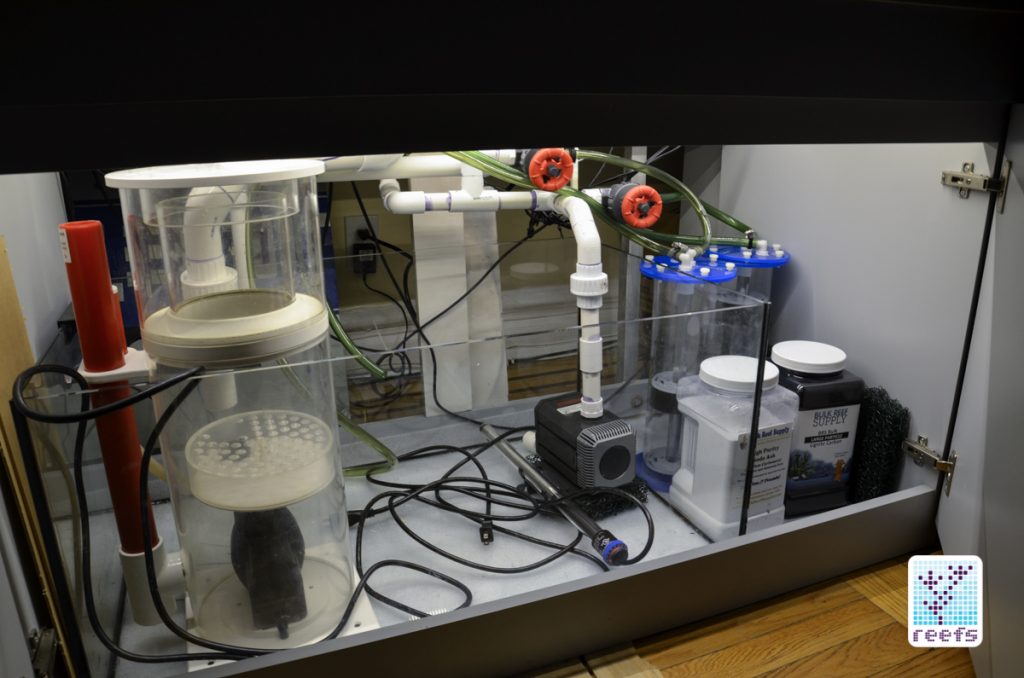
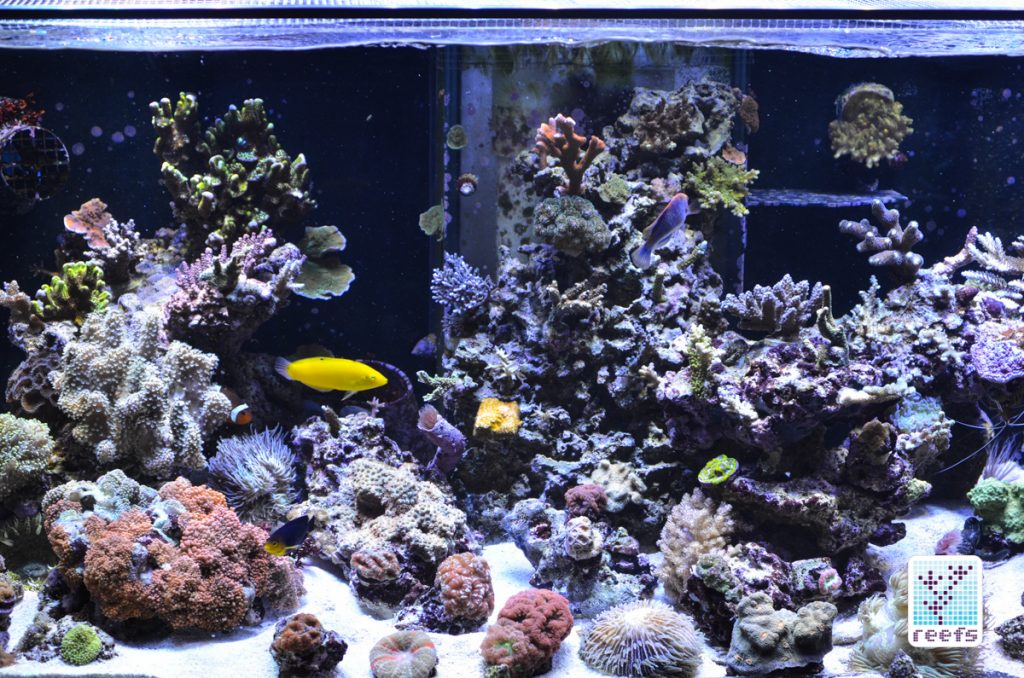
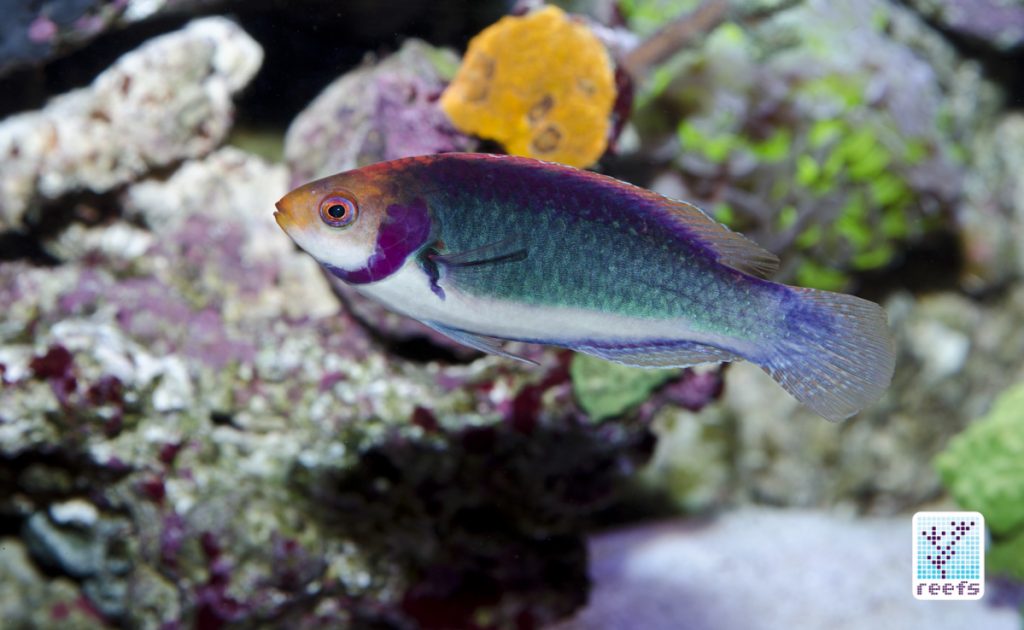
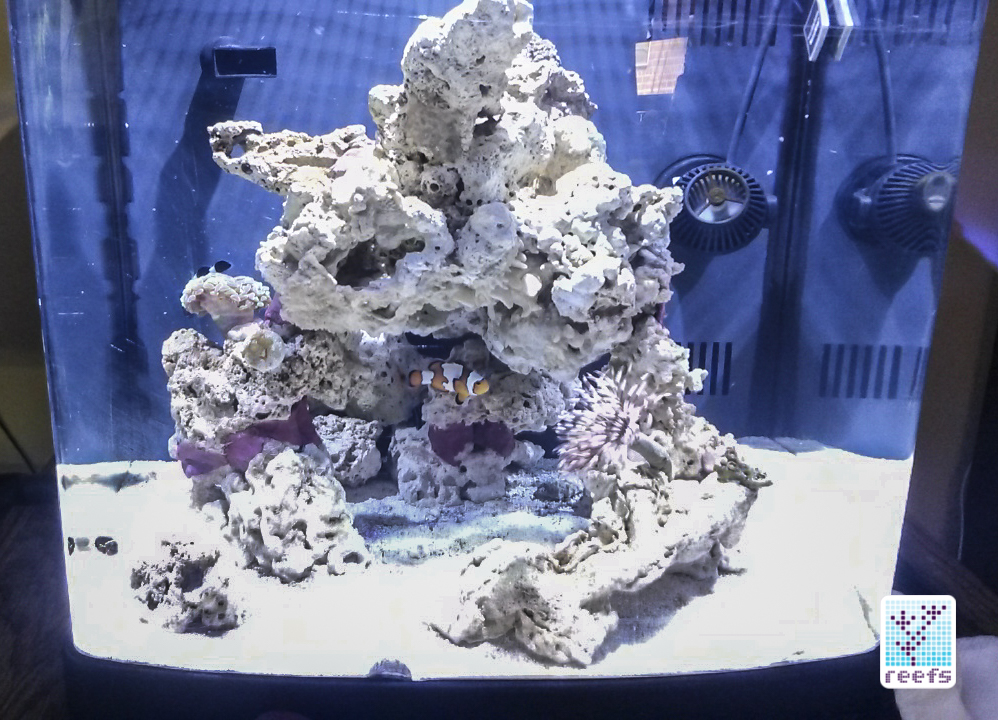
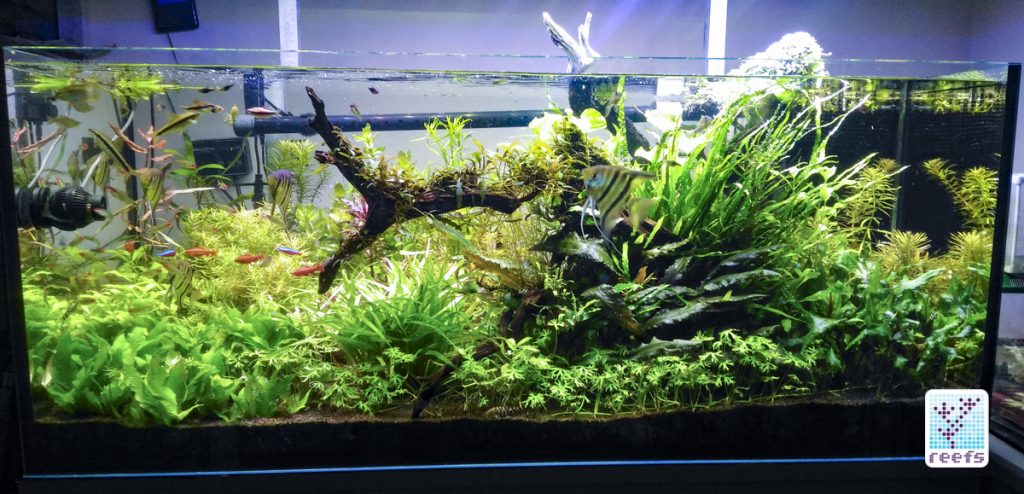
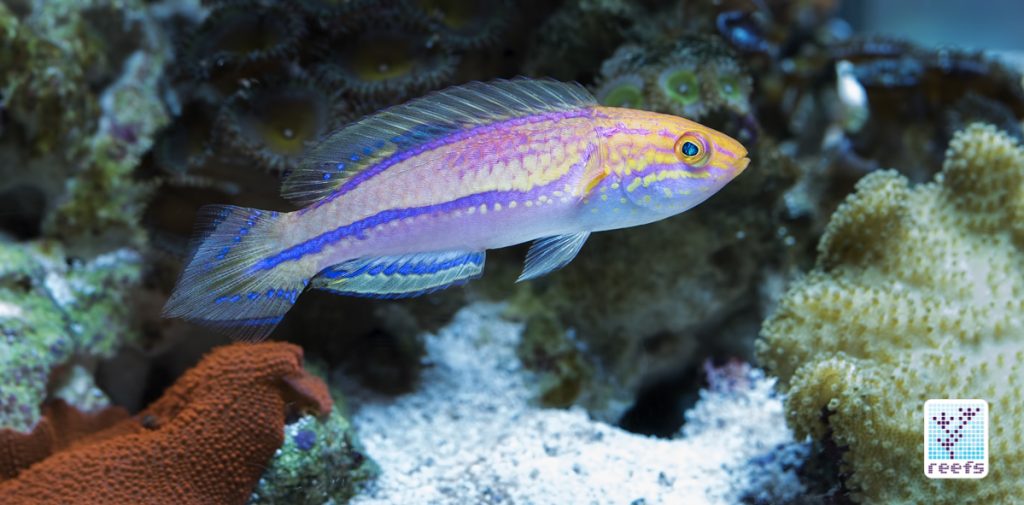
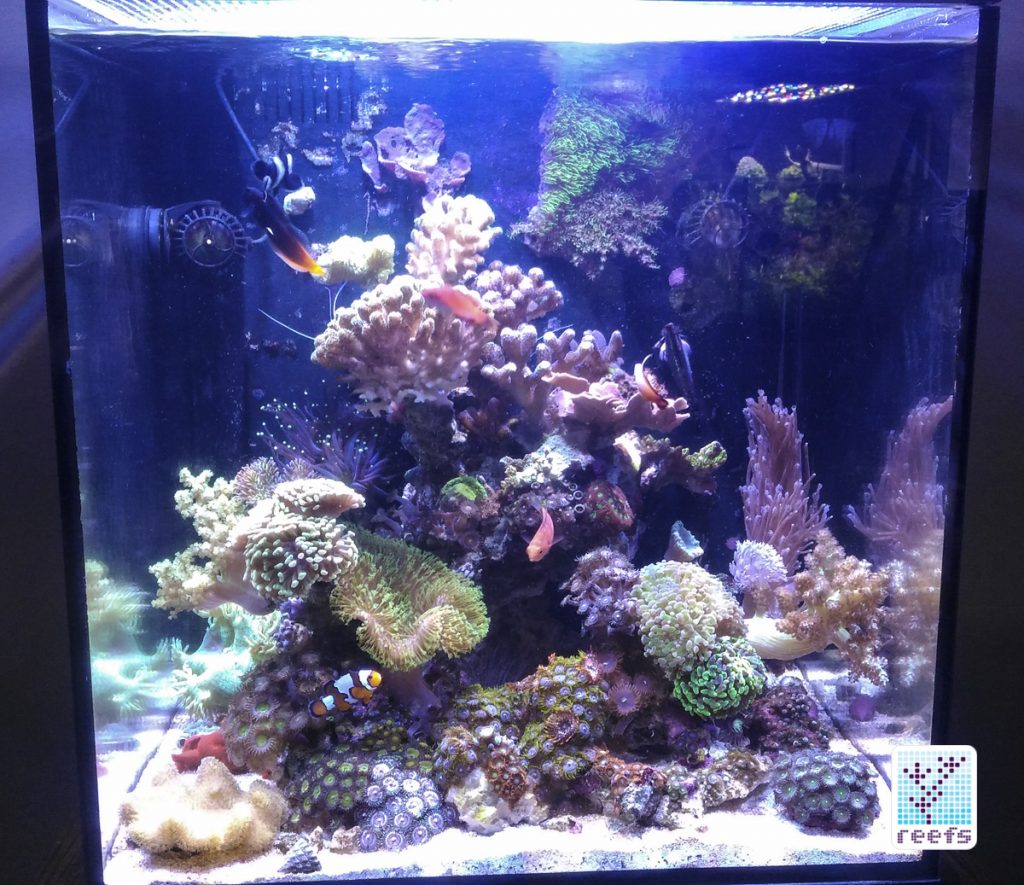

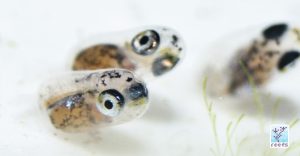
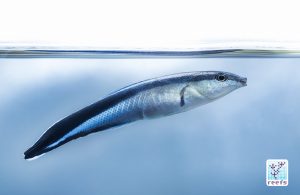

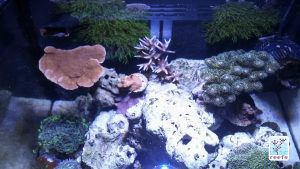
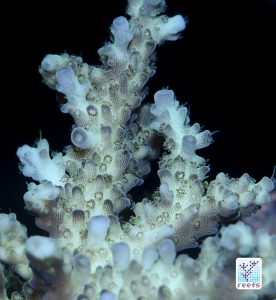
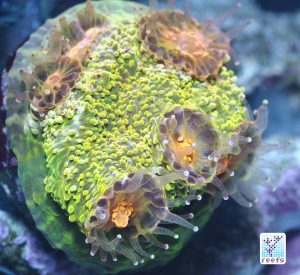
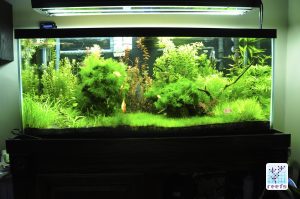
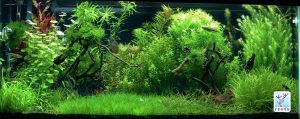
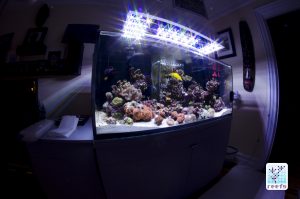










0 Comments